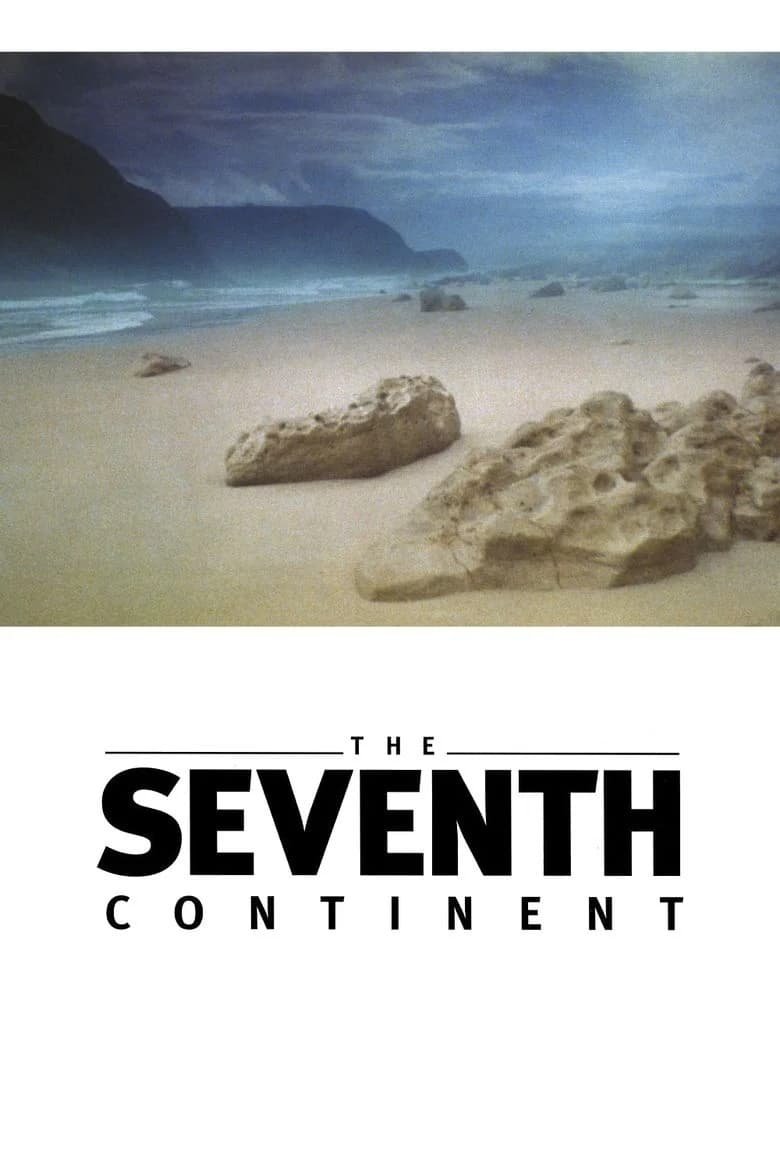I’ve been tired of the open world design principles that have come to dominate AAA Western game development for more than a decade. So when Breath of The Wild was first unveiled I was nervous to say the least. When it came out, while I was wowed by the ambition and the emergent gameplay in the beautifully designed world, I was pretty worried about the direction my favorite franchise was headed. There was a distinct lack of catchy musical themes, oddball characters, incredible boss fights, and rewarding dungeons to get lost in. As such, I anticipated Tears of the Kingdom with a cautious excitement. I now write this having put somewhere near 150 hours into ToTK, with all 152 shrines completed, and with the game likely sitting as my favorite Zelda title of all time.
The soundtrack, while still decidedly sparse during open world exploration, feels far more fleshed out, and is filled with numerous new memorable themes. Lookout Landing in particular sits among my favorite tracks in the series, further solidified by the incredible re-compositions that take place at a few key moments in the story (illustrated in the tracks below).
The technical performance of the game is astonishing given the limitations of the switch, which has been long in the tooth for a few years now. Draw distance as you dive through the sky reveals details in the distance far down below, without sacrificing frame rate. The new powers and items which rely heavily on physics and object manipulation, never broke once in my entire play through, which is an unbelievable technical achievement. Slightly more fidelity would serve the overworld well, but the art style still manages to sing despite the limitations.
The aforementioned physics powers in the game open up a mind-boggling expanse of game play flexibility. I’ve always been blown away by the endless creativity of Nintendo’s game designers, but creating puzzles that feel satisfying time and time again given the player’s powerful tool set is all the more impressive. Not every shrine is a banger, but my mind was consistently engaged in a continuous cycle of satisfying puzzle solving in both my overworld exploration and within the shrines. The overworld itself feels fully fleshed out, filled with bespoke touches and hidden discoveries around every corner. Many of the shrine puzzles now exist in the open world itself, rewarding you with a blessing of light simply by reaching the shrine entrance. The lack of filler content in a game of this size is unheard of, and sets ToTK apart from the typical open world games I find to be such a bore.
Despite the wild mass market success of the game, the specific brand of Zelda weirdness that permeates the greatest of the 3D adventures is prevalent in ToTK. The goofy and slightly creepy emotes when you interact with characters, strange character designs, and adorably odd dialogue helps to transport you further into this iteration of Hyrule. Penn, the Rito journalist who accompanies you along one of the game’s lengthier and funnier side quests, is a particular favorite. When I finally concluded my time with him, I sought him out to check in on his situation before heading towards the end game. However, the English voice acting for most of the primary characters is cut scenes is pretty rough, and some of their main quest stories could use some better writing and fleshing out.
Penn and his trademark phrase
Without spoiling, it has to be noted that the ending to this game stands among the best endings to any game I’ve ever played. The visual, emotional, and musical climax moved me to tears, and left me wondering how the team could ever hope to top it in future entries. Acknowledging the incredible score once again, some genius re-orchestrations of classic Zelda themes really sent me over the edge as the game concluded.
There are a couple of places that the formula could be improved in future iterations. While the four and half temples in this game are a major improvement over the woeful Divine Beasts in Breath of The Wild, they still don’t satisfy the itch for the lengthy and absorbing Zelda dungeons of past games. This same world peppered with 5 or 6 incredible old school Zelda dungeons would elevate an already unassailable game into another tier of perfection. Additionally, the combat, while never the point of a Zelda game, could be fleshed out further. There just aren’t enough interesting decisions to be made in combat encounters, and it always ends up resulting in a bit of a chaotic mashy mess. I’m hopeful to see how these areas for improvement are worked on as the series evolves.
I came in to this game a skeptic, and ended up being completely taken away into this beautiful and immersive vision of Hyrule. Tears of The Kingdom is a once in a generation achievement that likely leaves many developers scratching their heads with wonder. If this open world design philosophy is going to inform the future of the mainline Zelda series, I’m finally on board with the plan.




